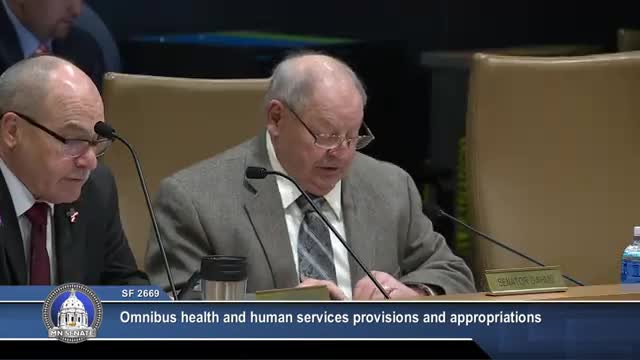MNsure struggles with technology for 2026 insurance program implementation
April 29, 2025 | Finance, Senate, Committees, Legislative, Minnesota
Thanks to Scribe from Workplace AI , all articles about Minnesota are free for you to enjoy throughout 2025!

This article was created by AI using a video recording of the meeting. It summarizes the key points discussed, but for full details and context, please refer to the video of the full meeting. Link to Full Meeting
The meeting began with a focus on MNsure's current technological limitations. It was noted that MNsure lacks the necessary resources to administer the program effectively, as highlighted in the fiscal note. Specifically, MNsure indicated that it could not fully implement the program in 2026 and could only partially do so in 2027. This raised concerns among committee members about how the Department of Commerce and Minnesota Management and Budget (MMB) would collaborate to ensure the program's readiness for the upcoming market opening, typically scheduled for October or November.

Before you scroll further...
Get access to the words and decisions of your elected officials for free!
Subscribe for FreeSenator James addressed these concerns by referencing a previous successful manual process implemented in 2017, which involved a premium subsidy. He assured the committee that consultations with MNsure, the Department of Commerce, and MMB had led to a new process outlined in the bill. This process aims to facilitate payments and inform potential enrollees about the 20% subsidy available to them.
Further discussions revealed that MNsure plans to engage an outside contractor to streamline processes and paperwork related to managing relationships with insurance carriers. However, this raised questions about the necessity of hiring 24 full-time equivalent positions (FTEs) when an external company would be handling significant aspects of the program. Senator James clarified that these FTEs would serve different roles, including staffing a call center, which is essential for customer support.
The committee acknowledged that while full integration into the MNsure shopping experience would not be achieved by 2026, the groundwork laid by the involved agencies would eventually lead to a more efficient system. The meeting concluded with a recognition of the ongoing changes and the need for continued collaboration among the agencies to ensure a successful rollout of the program in the coming years.
Converted from Committee on Finance - Part 2 - 04/28/25 meeting on April 29, 2025
Link to Full Meeting
Comments
View full meeting
This article is based on a recent meeting—watch the full video and explore the complete transcript for deeper insights into the discussion.
View full meeting




